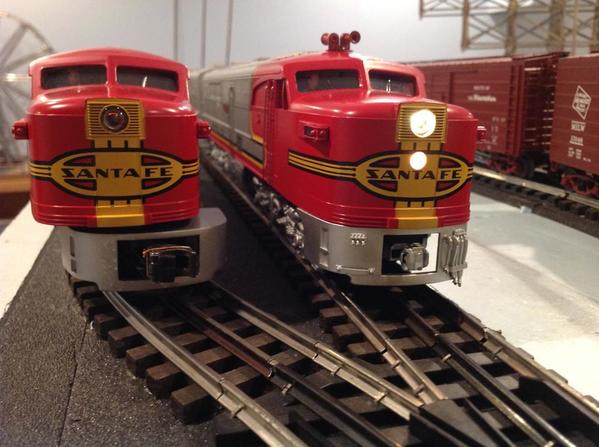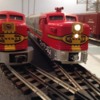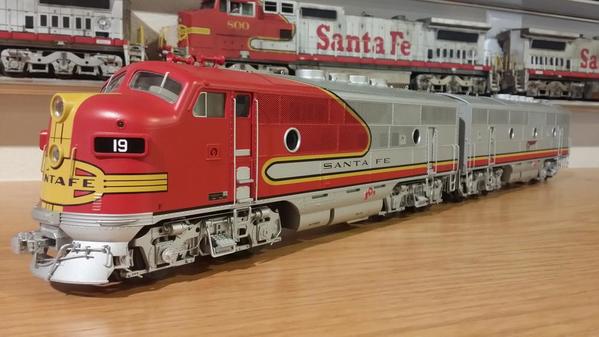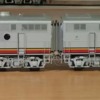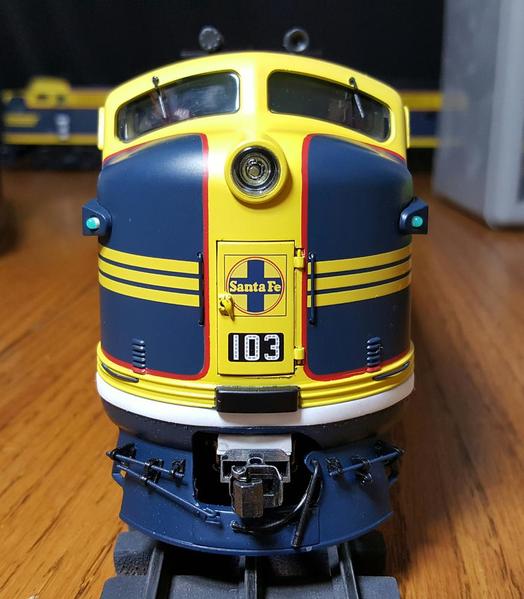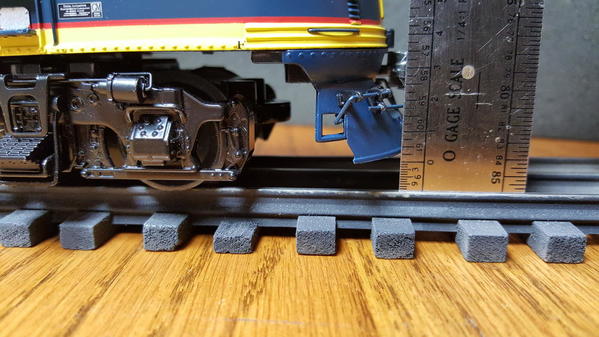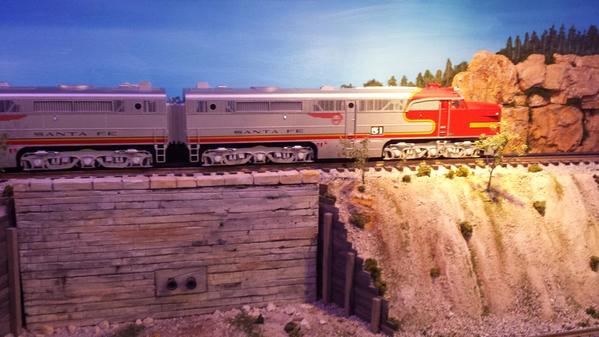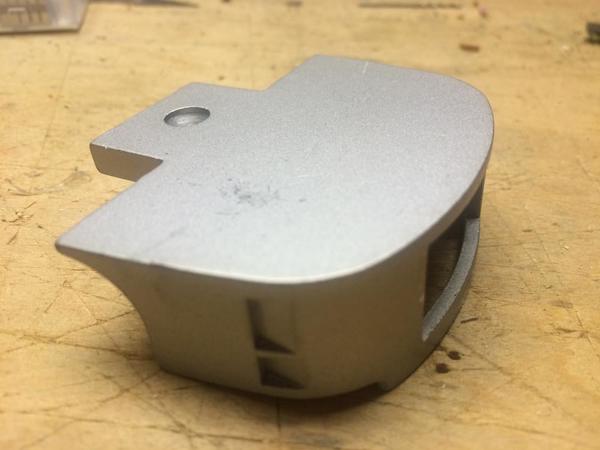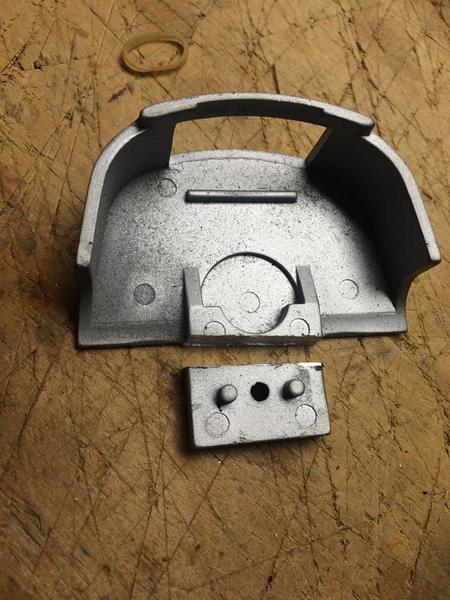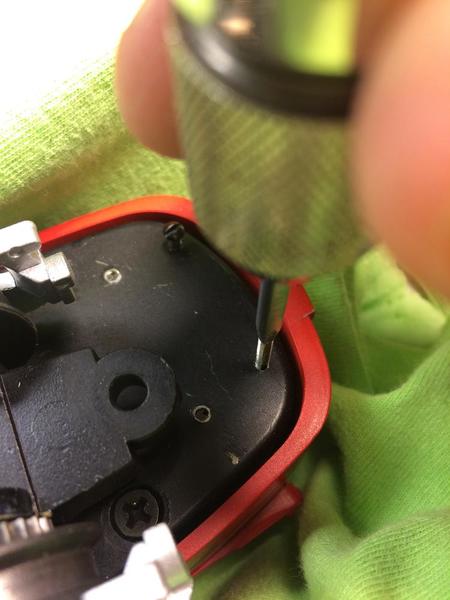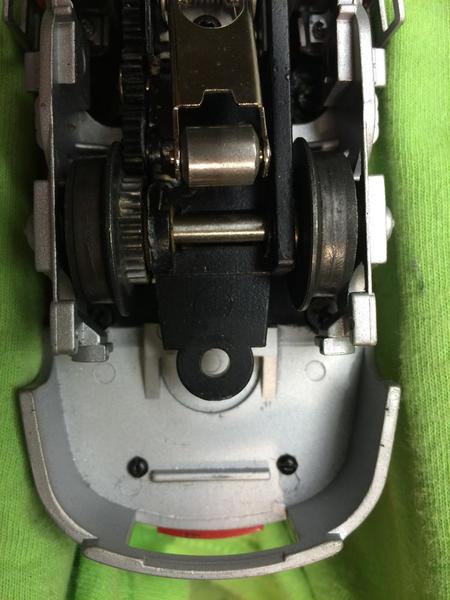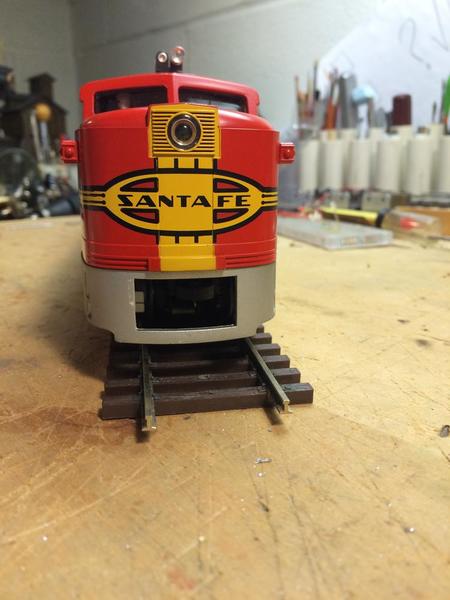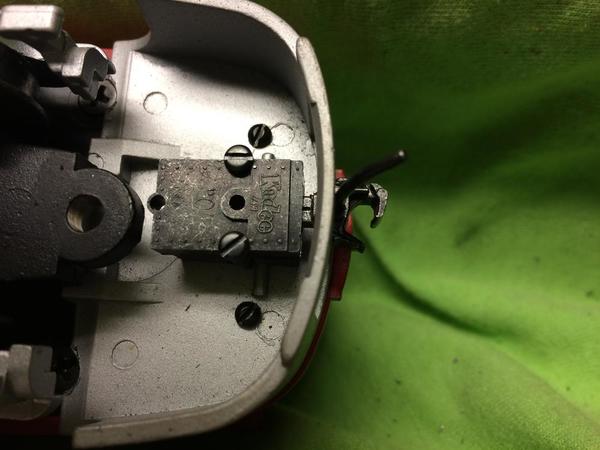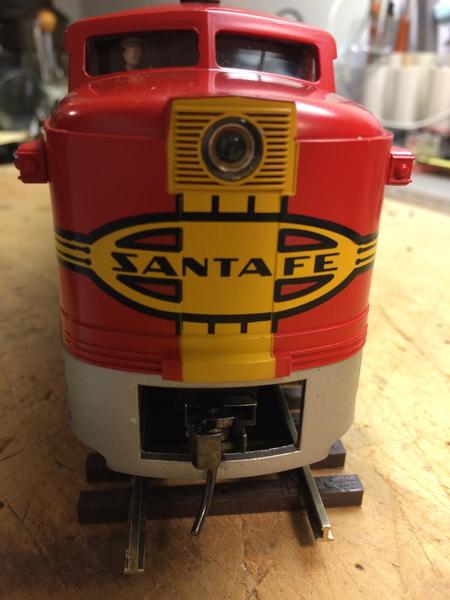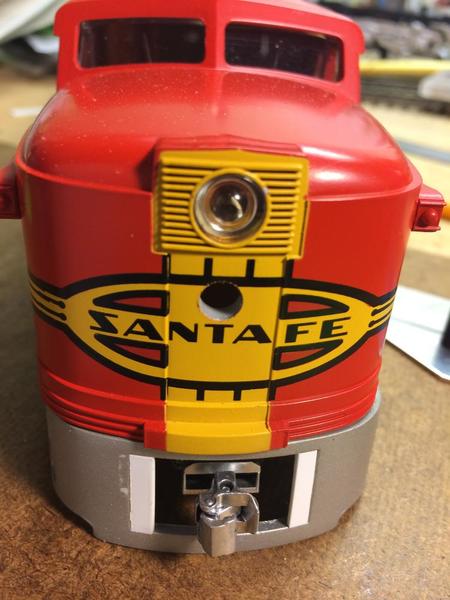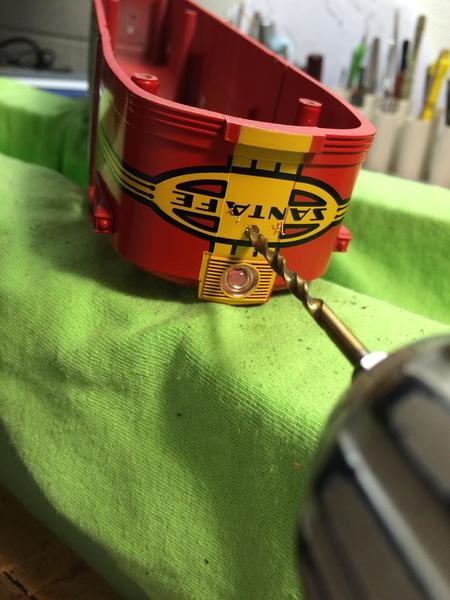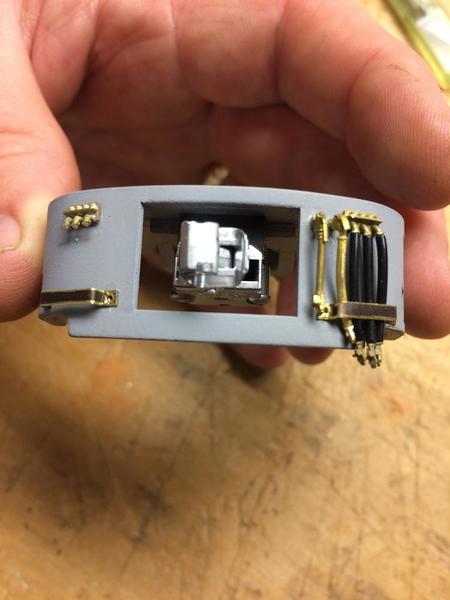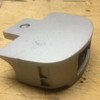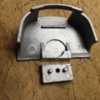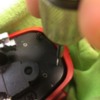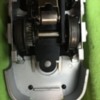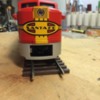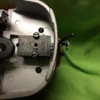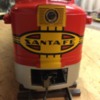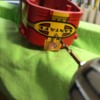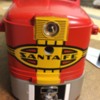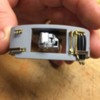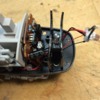You guys have done it, again! LOS & Co, you're always there just when I need you. The Forum alone is worth thrice the price of a subscription to OGR in gratitude for expensive errors not committed and modification techniques that make O Gauge Railroading as close to prototype as currently possible.
3RS is highly addictive and have been converting everything MILW-UP-CGW, etc. Now, the planets and eBay have finally aligned to grant me one of my heart's desires: "mint" Lionel F3s with TMCC and magne-traction in prototypical (non-flaming) Milwaukee Road colors. I had a set of flamers back in the '70's but sold them off - the "flames" were a serious turn-off. Now, I prepare to make my first covered wagon conversion with fear and trembling. Thanks for the guidance!
There’s no fear here!
The Lionel F3s are some of the easiest to convert.
Check out: Lowering Lionel F3s; https://ogrforum.ogaugerr.com/.../lowering-lionel-f3s
For the Lionel F3s, once you lower them, the pilot should match up to the body curves. What they did in the design to swing the pilot, was to slice the blueprint at the rivet line and raise her up. In general, I’ve found that MTH removes the piece from the blueprint to make their gap and thats what needs to be filled, and I think K-Line did the same.
If you’re going to use the P&D passenger pilot, this may be helpful: https://ogrforum.ogaugerr.com/...-pilot-for-lionel-f3
thanks and good luck!
-Mario
Mario,
According to my web based research, the Milwaukee had only 4 four unit sets of F3s, 80ABCD through 83ABCD. All their F3As had what I believe you are referring to as "freight pilots".
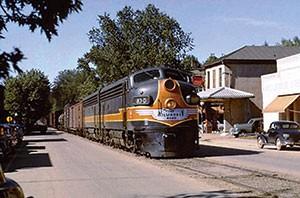
The units I've bought are 6-18138 (A unit) and 6-18139 (B unit) comprising the set 6-18140. The A unit is equipped with Pullmore motors, not cans, therefore, the issues may be different from those discussed above and in the articles linked. I have only my memories of those 1970's "flamers" and online photos of Pullmore F3s to work from, now, but it would appear that the motors are much larger and are mounted differently than the cans. The pilots appear to be solid diecast, therefore, I believe that I'll be making spacers rather than lowering carbodies. Do you or your cohorts have any experience lowering carbodies over Pullmore motors? Enquiring minds want to know!
I agree with your complaints about MTH and would buy Lionel except they seldom make the models I want in the colors I crave. The other advantage MTH has over Lionel is the fact that rubber tired wheel and axle sets can be replaced with solid wheel sets on most Premier diesel engines. I'm phobic about rubber tires, hence my purchase of Lionel locomotives with "magne-traction" instead of later versions.
The next challenge will come when my CGW units arrive from MTH in the spring. Thanks to your collective sage advice, I've already ordered "passenger" pilots from Lionel and they've already shipped. I presume that I'll be using my spacer shaping skills gained on the MILW units.
I'm ordering your Lionel O scale EMD F3/F7 Coupler Mounts, parts A and B, for both sets of engines and I already have a variety of your Kadee spacers on hand. Is there anything else I should order?






